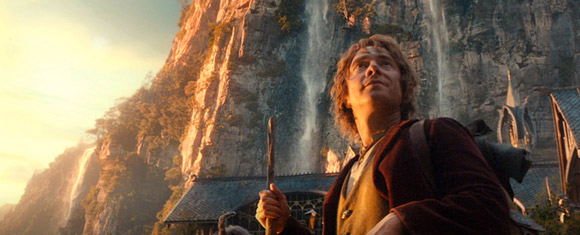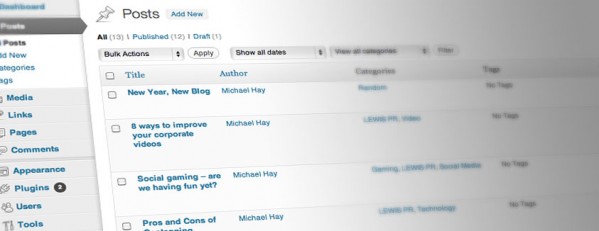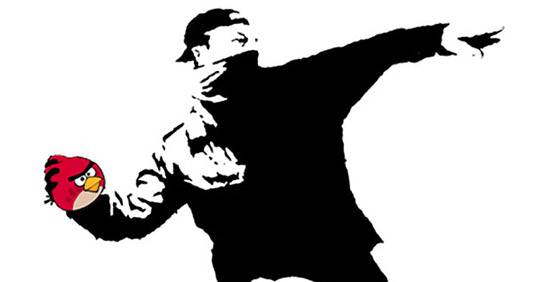
There’s been quite a bit of buzz recently about Mailbox and how it will revolutionise people’s inboxes. Email most certainly is broken and any way to improve is good in my book. Looks like Microsoft have also made very good ground with Outlook.com, their impressive Hotmail-killer.
Productivity has been a hot topic for a while and is certainly one that is close to my heart. I’ve tried numerous ways to better organise my life and work over the years and recently some apps or methods have really started to stick. So for all you other productiphiles here you go…
NEWS AND BOOKMARKING
I subscribe to news feeds via Google Reader and on the way into work (or just any time I’m standing around with nothing to do) I’ll skim all these news headlines using the gReader Pro app on my phone. This app is clean, light and fast. Great for skimming headlines. If any of the headlines spark my interest I will star it. Then when I’m more able to read an article in full I will load up Feedly which is synced up with my Google Reader account and loads the starred headlines in its Saved for Later section. This can be on my desktop, preferably on my iPad on the sofa, or on my phone when I have more time or a better signal than on the train commute. I really like the Feedly reader and personally hugely prefer it to Flipboard. I find Flipboard not structured enough. I always prefer having an overview of all my stories and Feedly has a list view and a thumbnail view but both are on pages with unlimited scrolling. And lastly, when I find something that I want to keep or that isn’t worth my time reading now but I want to keep it for later then I will save it in my Google Bookmarks. I use this rather than sites like Pocket because I prefer to keep everything in my Google account if I can because it is the lowest common denominator in terms of third party apps being able to sync with it. I also love how easy it is to add a bookmark using the Chrome extension and also easy to browse my categories on my iGoogle page (although I know these are being phased out soon). I literally have hundreds of categories or tags in my Google Bookmarks. I partly use it as a filtering tool and a way to keep my head sane by knowing that I’ve not missed out on an article but I don’t have to digest it right away. I know it’s always there if I need to read it one day in the future. And yes I do backup my Google accounts regularly.
I’ll also scan my main Twitter lists at the end of each day on my phone and anything that links to a big article or a video then I’ll Favourite it and read it properly in the morning. I don’t use Favourite to actually favourite something. I use it as a temporary flag. So I do wish they would rename it. People often thank me for favouriting their tweets but actually I’m just bookmarking it for later.
TO DOS AND LISTS
Lists
This is where I’m most intense. I love making lists and it’s how I organise my life. I make lists of everything under the sun and I store them all on Simplenote. This syncs across all devices and the app that I use for my Android phone is Flick Note. I also have these lists automatically backed up to my Dropbox account.
To Dos
For To Dos I use Wunderlist. Easy to add lists and tasks. Easy to tick them or prioritise or change the order. Also syncs well across all devices.
At work, however, we need something a bit meatier. Something which has multiple users, collaboration, email notifications, calendar sync etc. For this we use Asana. The free version is incredibly powerful and the interface is extremely smooth. At the time of writing they have also just released a new Android app for it too.
And for quick notes or temporary lists at work I use Stickies. I just haven’t worked out how to sync them across my work and home computers though.
WORK PRODUCTIVITY
When I’m working from home I tend to try to work in 1 hour chunks when possible. It lets me get in the zone when working on a design, drafting a proposal or editing a video. But when in the office there are so many distractions and interruptions that 20 mins is much more realistic. If someone asks if you are free for a few mins and you’re in the middle of a 20min slot you can more easily say ‘Give me 10mins’ and then complete your slot. 20 min chunks is also the most granular level I get to for timesheets.
Pomodoro Technique
This certainly can work well to keep you focussed for 20mins and prevent procrastination or social media timesuck. There are many Pomodoro apps out there. I use PomodoroApp. It’s incredible what you can do in 20mins when you put your mind to it.
Getting Things Done
I’ve also read David Allen’s Getting Things Done and personally I think you have to adapt it for your own needs. I use my own version of it, with three main To Do lists and then other sub lists for specific projects.
EMAIL
The two biggest drains on productivity in my opinion are Social Media and Emails. Social Media is the easiest to tame. Be strict by using the Pomodoro technique, switch off notifications on your phone, use apps like Isolator to block everything else out. But email is certainly the most difficult to control. Constantly waiting for that little red flag indicating a new message. Using your inbox as a priority To Do list. Sending yourself email reminders. All these things can just eat up your time. It’s good to have time ignoring email but it can be hard to not check your email for an hour. It depends on the work culture you have and the timescales associated with your sector. Not everyone can be like Tim Ferriss and insist that everyone works around your short windows of checking emails. You can certainly try to encourage better email habits though. Keep it short, don’t CC when you don’t have to and always move the conversation forward with an action or a suggestion for someone to respond to. I try to maintain inbox zero and generally have less than 20 emails in my inbox at any given time and rarely more than 5 at the end of each day. I archive them off into searchable folders, I respond quickly and succinctly where I can and I make relevant notes in my proper project management software.
APPS
I spoke about some of my favourite apps in my recent blog post about my Nexus 4 but here are some of the ones I use to do with productivity.
gReader Pro
Feedly
Wunderlist
Simplenote
Flick note
Chrome
Asana
Stickies
Pomodoro
Google Drive
Google Calendar
Twitter
Dropbox
Some people say it doesn’t matter the platform or the app you use as long as you use it well and you use it consistently, but I do think it’s good to use ones that sync across devices and sync with each other.
I do tend to change my habits, and perhaps that is one of the things that works for me in order to keep things fresh and motivating. I’ll revisit this subject in a year or so and see how much it has changed!









